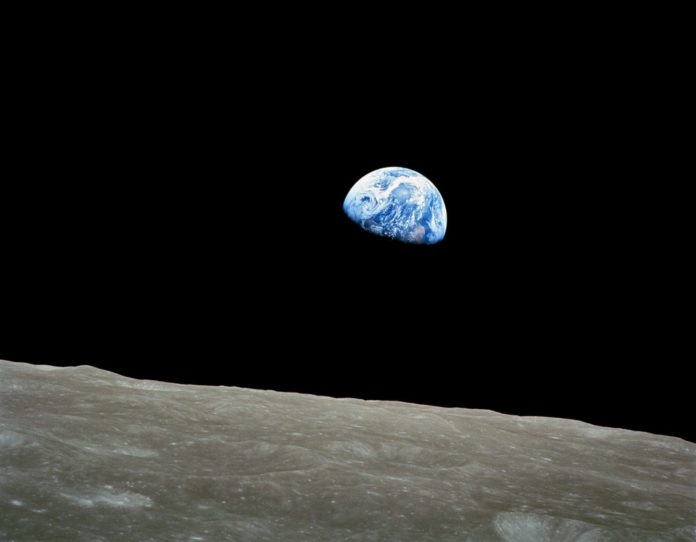By the time you finish reading this article, tens of thousands of meteoroids will have crashed into the Earth’s atmosphere. But don’t worry — the majority of these will burn up upon impact, never making it to the ground.
Sometimes, however, asteroid impacts can have cataclysmic consequences. A well-known example is the massive Chicxulub Crater in Mexico’s Yucatán Peninsula, thought to be left behind by the impact that caused the extinction of the dinosaurs.
But if the majority of impactors never get past the atmosphere, how often do catastrophic collisions like this really occur?
To answer this, an international team of scientists set their sights on the moon. By dating preserved lunar impact craters, they discovered a dramatic change in the rate of asteroid impacts on the moon and the Earth going back to the end of the Paleozoic era.
The study was led by Sara Mazrouei, a recent PhD graduate from the University of Toronto’s Department of Earth Sciences, and was published in Science.
Erosion may have hidden many of the Earth’s impact craters
Finding impact craters on the Earth can be tricky. Erosion processes like wind, rain, and plate tectonics can rapidly wipe away impact craters on the Earth’s surface, meaning that the number of impact craters discovered may not correspond to the number of asteroid impacts that actually occurred. Scientists have long assumed that the scarcity of large craters older than 290 million years on the Earth was due to this very reason.
Unlike the Earth, however, the moon has no erosion. Its impact craters are effectively frozen in time. But it’s close enough to the Earth that it should have experienced roughly the same number of large impacts throughout history, which means that studying the impact rate on the moon can shed light on the impact rate here on the Earth.
Mazrouei’s study focused on lunar impact craters with diameters greater than 10 kilometres. These are comparable in size to the large impactors that are able to make their way through the Earth’s atmosphere to strike its surface. They’re also large enough to have fully penetrated the Moon’s surface, excavating large blocks from the underlying bedrock in the process.
Thermal data can shed new light on lunar craters
To determine the ages of lunar impact craters, Mazrouei and her colleagues made use of temperature data from the Diviner instrument on NASA’s Lunar Reconnaissance Orbiter, which has been in orbit around the moon for the past 10 years.
Large rocks on the moon’s surface hold on to their heat far longer than the fine lunar sand, or regolith. While the regolith cools down fairly quickly during the cold lunar night, the largest rocks on the moon’s surface are able to stay warm.
Mazrouei and colleagues realized that they could use this temperature-dependence to their advantage. Recent impact craters on the moon are associated with large pieces of rock ejecta, while the oldest craters have been worn down by small impacts over time and are composed almost entirely of lunar regolith.
“As craters get older,” Mazrouei explained in an article for The Conversation, “they become less rocky.”
By examining the temperatures of different craters, the team was able to determine whether they were made up of large rocks or small bits of regolith. This in turn allowed them to estimate the craters’ ages.
More craters now than ever before
By dating 111 different craters with diameters greater than 10 kilometres across the moon’s surface, Mazrouei and her team made a startling discovery: the production rate of large lunar craters has increased by a factor of 2.6 over the past 290 million years.
Since the Earth would have been impacted at roughly the same rate as the moon, this implies that the production rate of impact craters on the Earth has gone up, too. The fact that we see relatively few large craters older than 290 million years isn’t only because they’ve been eroded away — it’s also because there just weren’t as many asteroid impacts occurring at that time. This previously-unknown factor can help explain the deficit of old impact craters we see today.
The authors speculate that this increase in impacts could be due to the breakup of a large asteroid in the asteroid belt. This would have caused a larger-than-normal amount of debris to head towards the Earth, resulting in more impacts than usual while the remains of the asteroid passed by.
Their findings could have implications for the evolution and extinction of species throughout Earth’s history.
Thanks to SYSTEM Sounds, you can now listen to the impact craters Mazrouei and her colleagues dated, too. Make sure to keep an ear out for the increase in impact rate 290 million years ago.









































